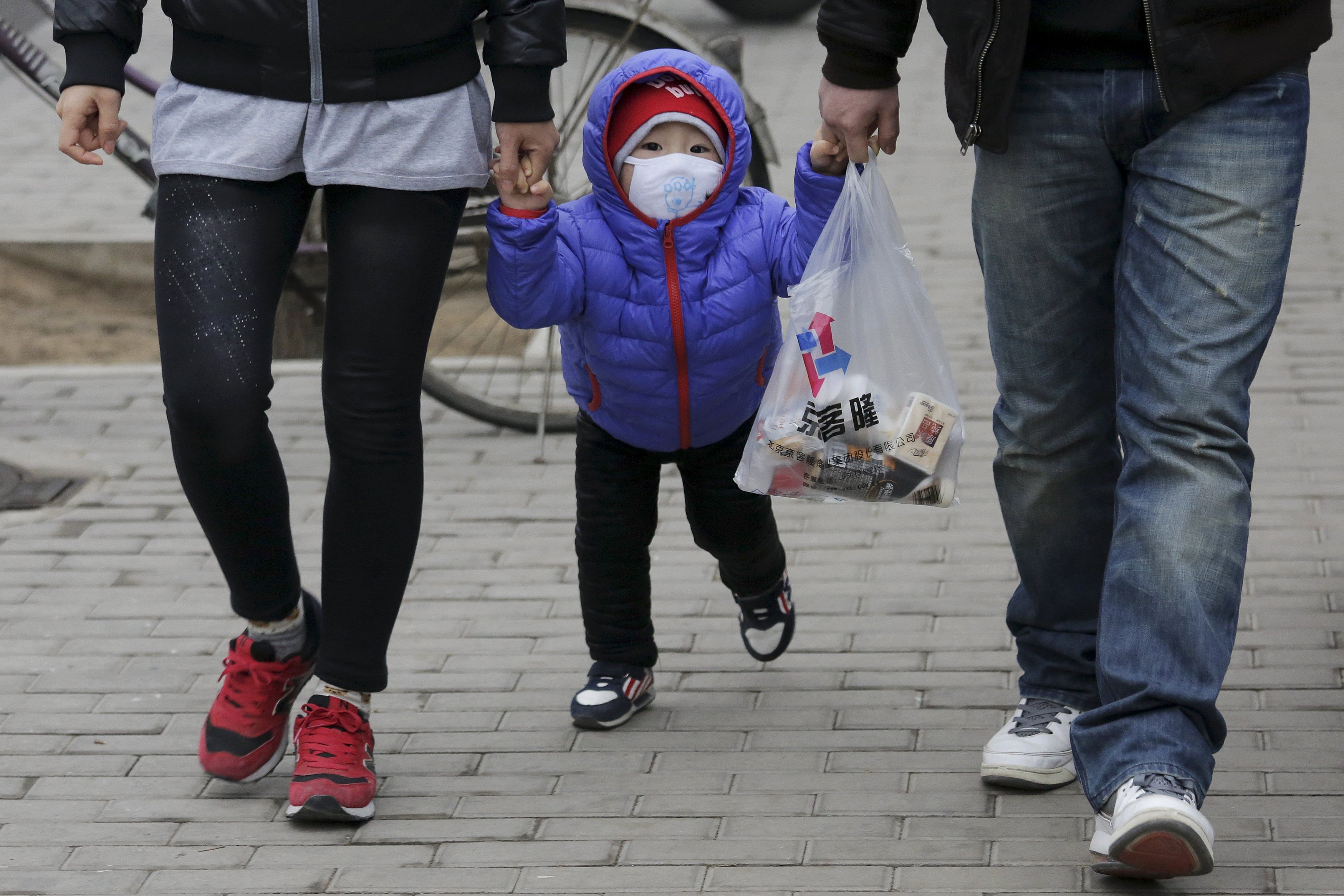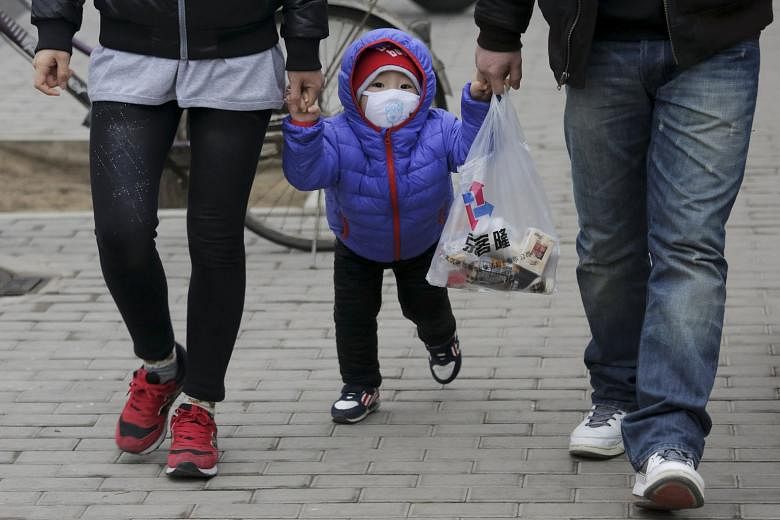More babies? Craft policies to protect families
Mu Guangzong, China Daily, China
The policy allowing all couples to have two children has been in effect since Jan 1, but the authorities should improve policies related to pregnancy and childcare to raise China's total fertility rate.
Since 2000, China has been in the lowest-low fertility rate trap, with the actual fertility rate being less than 1.3.
According to the National Bureau of Statistics, the total fertility rate in 2011, 2012 and 2013 was 1.04, 1.26 and 1.23, far below the population replacement rate, which has led to problems such as an ageing population, "empty nest" families, gender imbalance and labour shortage.

The goal of reforming the reproductive rights policy should be to strengthen families against risks to achieve a moderate fertility rate (total fertility rate between 1.6 and 2.5). And to promote the new family planning policy, the authorities should devise a new population concept based on population security.
If, in the process, there is a baby boom, it will create more advantages than disadvantages, and more opportunities than challenges for the country.
Therefore, China should work out a long-term road map for the family planning policy, not only to allow all couples to have two children, but also to eventually make couples' wish to have more children a "personal choice".
Perhaps this process could start during the 13th Five-Year Plan (2016-20).
The low fertility rate in China cannot be reversed in a short time.
Till the end of May last year, about 1.45 million couples from across the country applied to have a second child, and about 1.39 million of such applications were approved.
But the increase in the number of newborns depends on whether these couples will really have a second child, which, in turn, will be determined by their financial conditions.
Only when couples desirous of having two children actually have them can they help to gradually correct the population imbalance in China.
Rising income gap puts social stability at risk
Abdurrahman Syebubakar The Jakarta Post, Indonesia
Indonesia has emerged as a middle-income country and an important player in the global economy (Group of 20). But it faces three major problems: a slowing reduction of poverty rates, rising inequality and a high level of vulnerability for much of the population living in poverty.
As of last September, 28.51 million Indonesians (11.13 per cent) lived below the poverty line, with the poor experiencing worsening socio-economic conditions.
Around 70 million people lived just above the poverty line and were vulnerable to economic shocks or other crises - such as ill-health or unemployment - which could push them into poverty.
In fact, over 80 per cent of the population live on less than 32,000 rupiah (S$3.36 ) per day, which isn't even enough to buy a cup of coffee at Starbucks. Indonesia's Gini coefficient, which indicates inequality in income distribution, is 0.41, its highest in 50 years and the highest among Asian countries.
If it continues to rise, Indonesia could be at risk of social instability.
According to the 2015-2019 Medium-Term Development Plan (RPJMN), the government aims to address the three above-mentioned major problems using four inter-linked strategies. These are: building a strong foundation for economic growth, resulting in quality employment opportunities; establishing a comprehensive social protection system; promoting sustainable livelihoods; and increasing and expanding basic social services.
By 2019, as projected in the RPJMN, the poverty rate and Gini coefficient are expected to fall to 7-8 per cent and 0.36, respectively.
As has been the norm, social protection programmes are targeted at different segments of the population.
Poverty targeting continues to be employed despite the fact that it generates high inclusion and exclusion errors, and, due to its complexity, is administratively expensive to deliver.
So the question is: why continue targeting? The moral argument is to prioritise the poor over the rich, yet, in reality, it is only universal programmes that can ensure the inclusion of the poor.
Inclusive social protection could reach 80 per cent of the aforementioned Indonesian population that continues to live in insecurity on less than 32,000 rupiah per day. As a result, it can build social cohesion and reduce the risk of political instability.
Pension benefits need to be reduced quickly
Editorial
The Yomiuri Shimbun, Japan
No headway has been made in curbing pension benefit payments to deal with the nation's low birthrate and the ageing of society. This is an issue - about how to pass on a reliable pension system to future generations - that cannot be left unattended.
It has been decided that the amount of pension payments to each recipient will be left unchanged in the fiscal year 2016. Because of a drop in the wages earned by working generations, no increase or reduction will be made in keeping with price and wage fluctuations, as stipulated in payment revision rules.
The current pension system is designed to provide benefits for elderly people within the amount of its revenue, with the pension premiums paid by working generations at a fixed rate.
If there are delays in reducing the levels of payments to people who are elderly now, the revenue-expense balance of the system must be adjusted through cuts in the pension benefits to be received by future generations.
Even if progress is made in curtailing benefits as planned, the payment level is expected to decrease by 20 per cent to 30 per cent in the future. Further reductions in the amount of future payments will not get the understanding of the younger generation.
•The View From Asia is a weekly compilation of articles from The Straits Times' media partner, Asia News Network, a grouping of 22 newspapers. See www.asianews.network for more.

